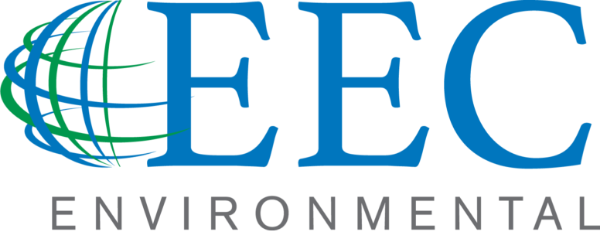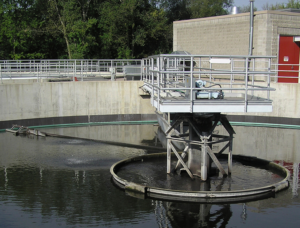Part of the EPA’s mandate under the Comprehensive Environmental Response, Compensation, and Liability Act (CERCLA) is to remediate sites listed under the National Priorities List (NPL) that contain hazardous waste (also called Superfund sites).
For any site that requires remediation, the primary responsible parties (PRPs) will go through a cost apportion process to establish the settlement amount. The cost allocation process may depend on the types of contamination, the number of PRP’s involved, the site category, and various other factors.
The act applies to past and present owners, operators, generators, and transporters of hazardous waste. Therefore, understanding CERCLA’s cost allocation process and knowing what pitfalls exist can help entities determine their liability and share of responsibility for the remediation of a specific site.
CERCLA Cost Allocation Processes
Since the act passed in 1980, some entities expressed their frustration with the CERCLA cost allocations process due to the high transaction fees. To streamline the process, the Office of Site Remediation Enforcement (OSRE) reached out to entities involved with the apportioning of Superfund site costs. Although the findings in the document aren’t legally binding, it does provide entities with best practices when navigating the cost allocation process.
The costs that the EPA can enforce on a Superfund site include:
- Direct costs: Any expense traceable to a specific cleanup activity.
- Annual contracting costs: Costs of contractors providing training or services to a variety of sites.
- Indirect costs: Expenses calculated by the EPA for the administration and operations of the agency.
4 Best Practices for CERCLA Cost Allocation
The higher costs incurred by PRPs during the allocation process are usually derived from the retroactive, strict, joint, and several liability schemes involved. If settlement efforts fail, the litigation costs and transaction fees can increase exponentially. To avoid this, the OSRE found that appointing an allocator at the beginning of the process could help reduce the costs while also enabling a fair and equitable outcome for the parties involved.
It’s common for PRPs to establish an allocation committee that develops the allocation methodology. The committee will appoint an independent allocator who will follow a process to help them reduce the costs and allocate liabilities between the parties fairly.
1. Establishing Procedural Rules
Rules regarding ex parte communications, appeals, and resolving disputes will ensure the parties conduct a fair allocation process. The primary goal of the procedural rules is to achieve an expeditious settlement with the EPA without resorting to excessive litigation between the parties.
2. Data Collection and Information Gathering
After the parties agree to the procedures, the allocator can start gathering data and information relating to the Superfund site. Using the EPA’s 104(e) rule, allocators can use information requests relating to site and disposal records, conduct interviews, and issue questionnaires to involved parties.
3. Applying Allocation Factors to PRPs
Using the procedural rules, allocators assign proportionate costs to each PRP. Factors that influence the cost may include the amount of waste involved, the toxicity of the materials, the degree of involvement of a party, and the level of cooperation of each PRP. Allocations may also differ between classes of parties such as generators and transporters or owners and operators.
4. Finalizing the Allocation Report
The allocator will finalize their findings in a report and issue it to the allocation committee. The committee and parties can then review and recommend changes, before finalizing the findings and issuing the final report. Objections may arise from the ability to pay determinations, parent and successor issues, or the toxicity and volume of materials involved. Once all the parties agree with the allocator’s findings, they can engage with the EPA to negotiate the final settlement amount.
EEC Environmental’s Compliance and CERCLA Cost Allocation Services
EEC Environmental’s services can help parties to navigate the CERCLA cost allocation process. For both public and private entities, EEC Environmental’s engineers, litigators, and technical resources can assist in every step of the process.
To find an acceptable outcome and for a better understanding of the CERCLA cost allocation process, contact one of EEC Environmental’s regional offices today.



